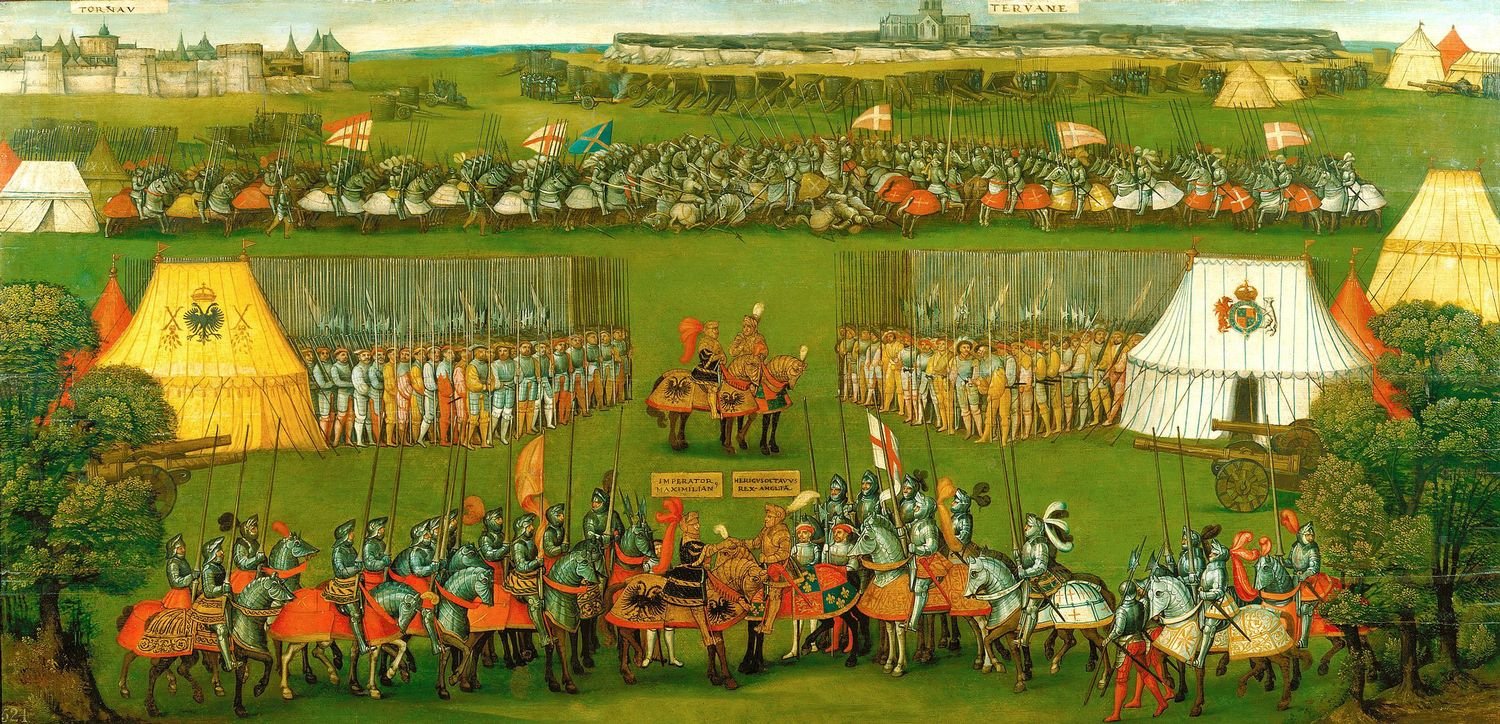
European Armour in the Royal Collection
An introduction to European armour in the Royal Collection.
2. Power Dressing
As well as a protective covering, armour has throughout history been a powerful emblem of personal identity. With other military attributes like the sword and commander's baton, it offered a symbolic inventory for the performance of social status. Hierarchies, religious allegiance and power might be asserted by armour's expense, its decoration with particular insignia or the martial skill it implied.
For this reason, in the sixteenth century it became increasingly common for artists on the Continent to represent monarchs and military leaders wearing armour – either standing, or mounted on horseback in the tradition of Roman equestrian sculpture. In England, the fashion for monarchs to be painted in armour became widespread in the early seventeenth century, when the Stuart Kings embraced this mode of self-representation.








